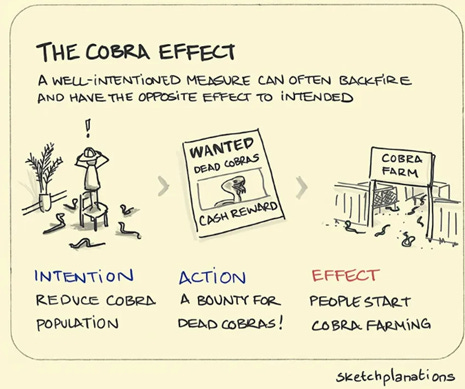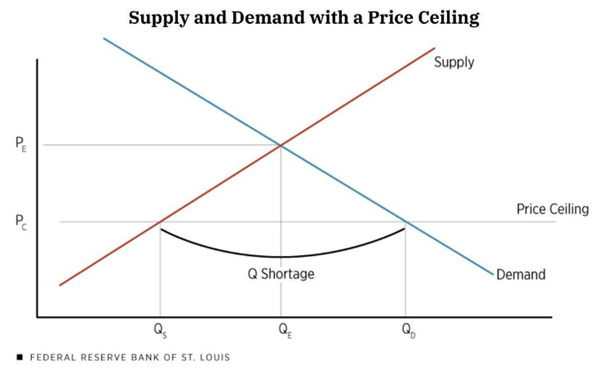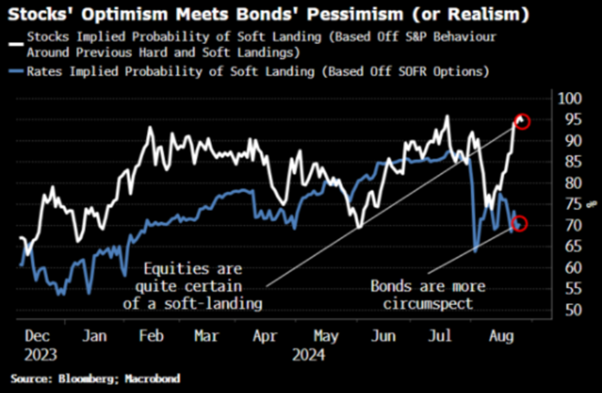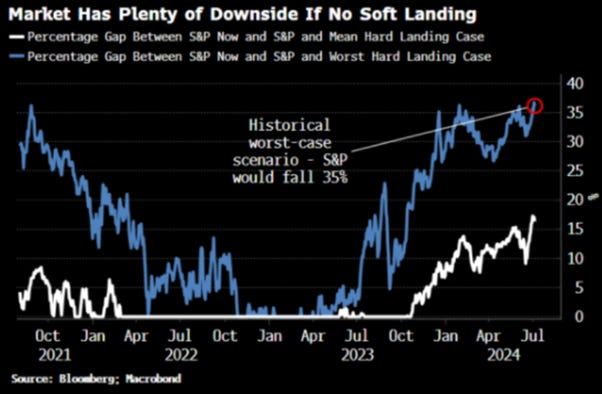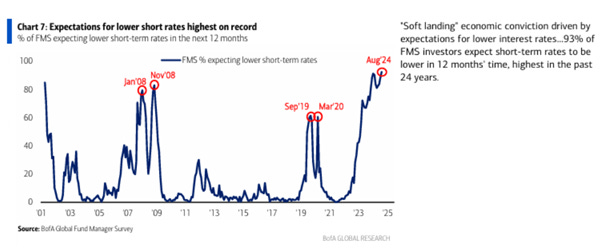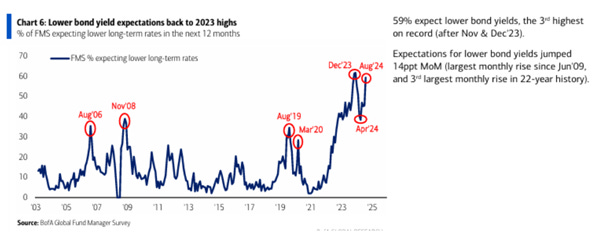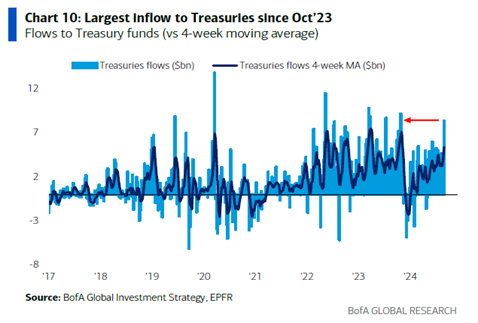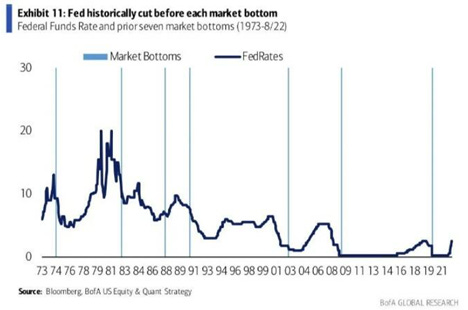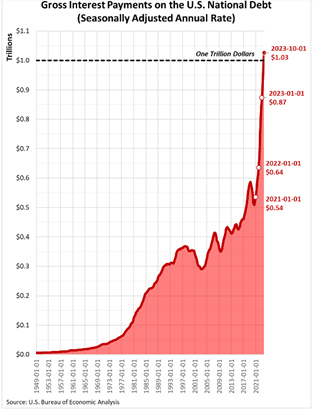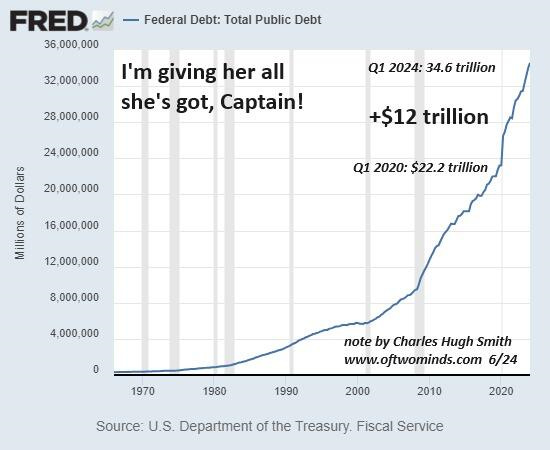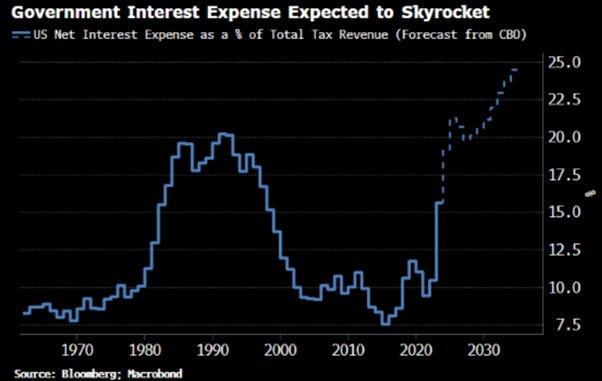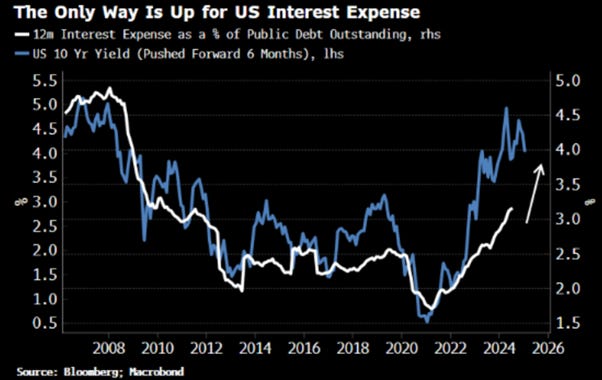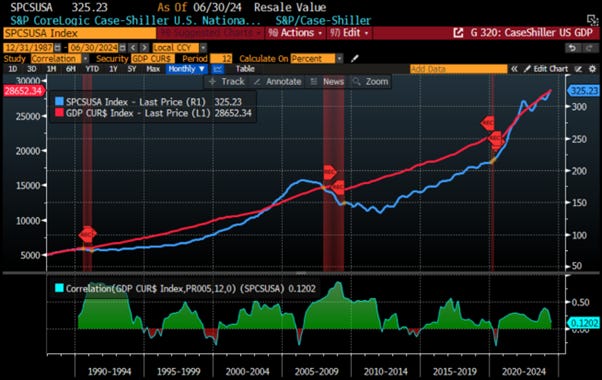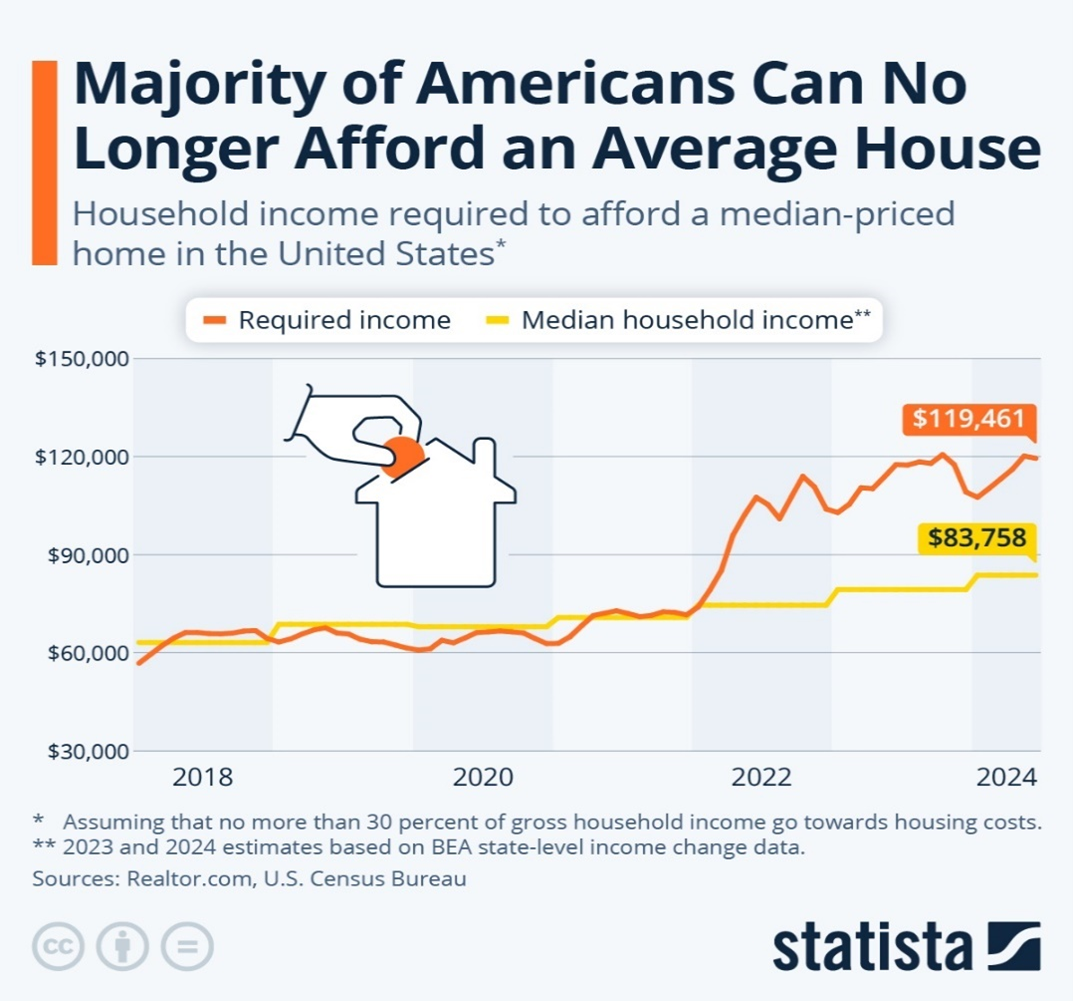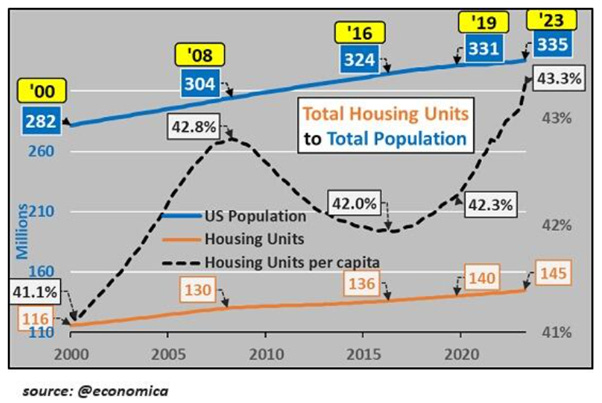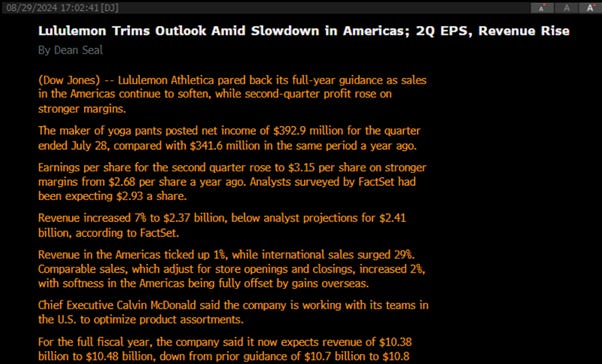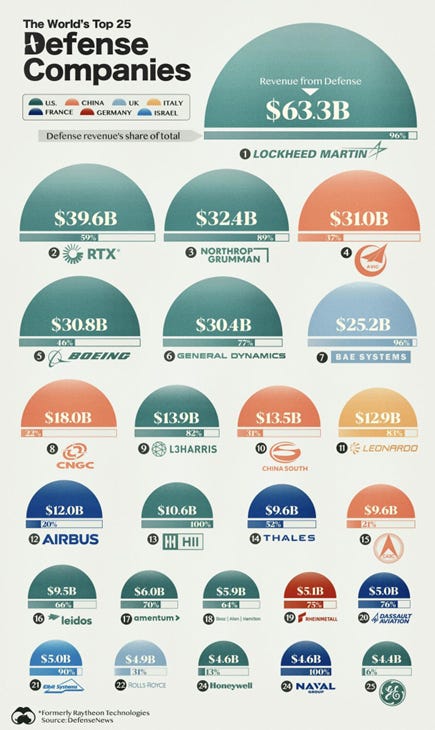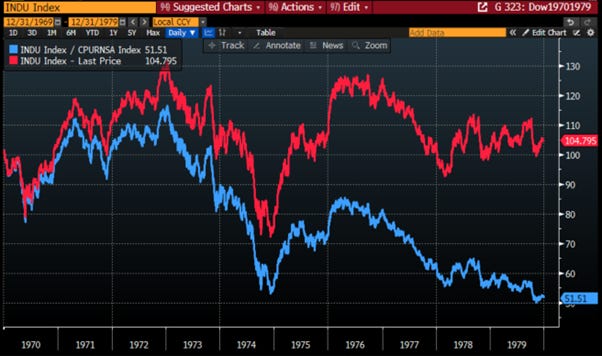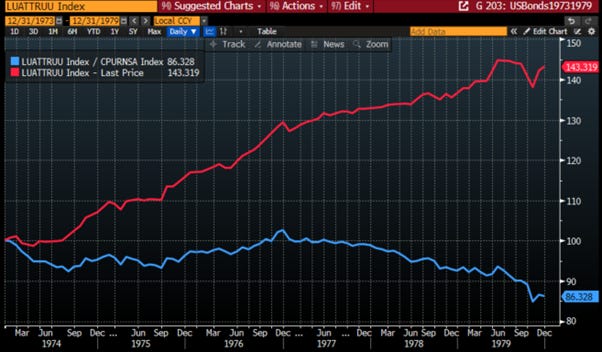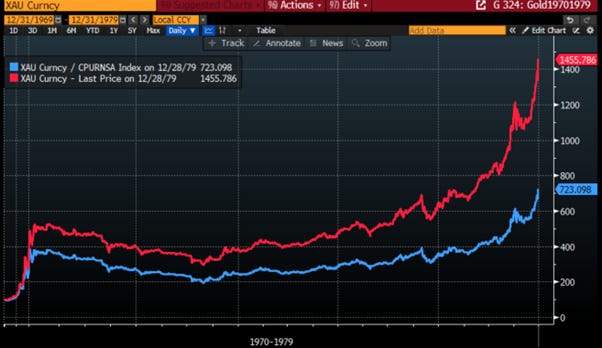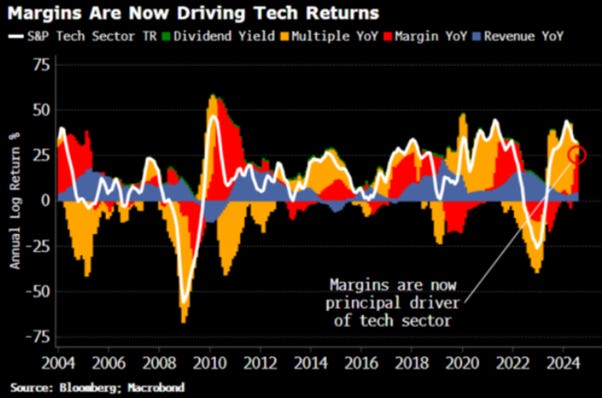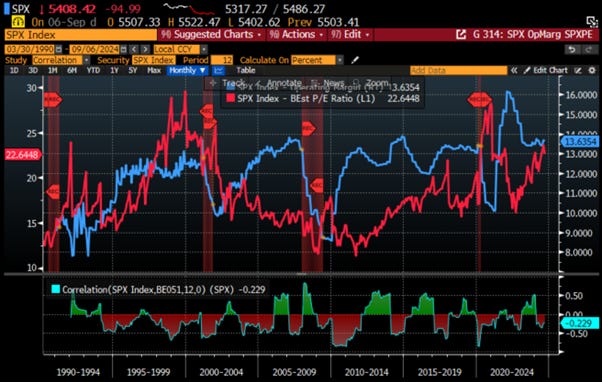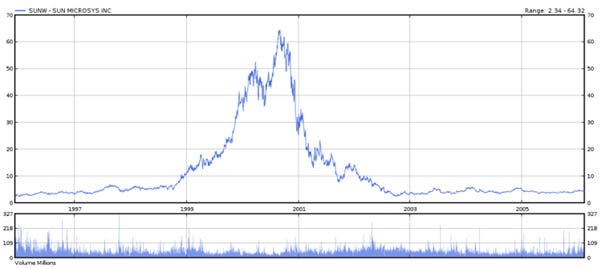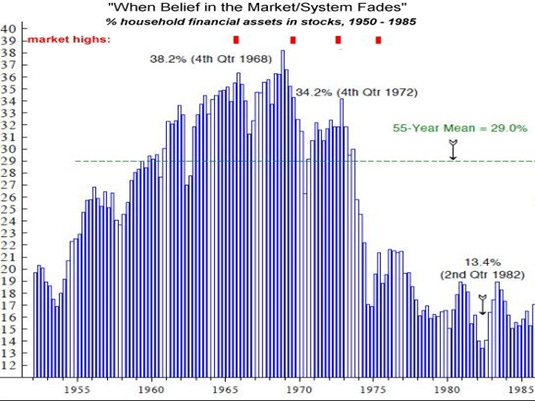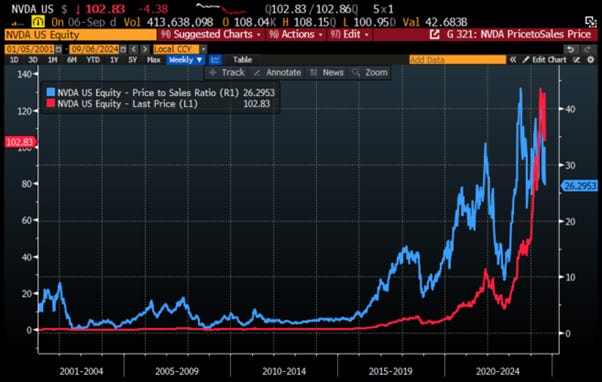Crash Landing On US!
In late 19th-century British India, venomous cobras were a persistent problem. To address the issue, British authorities devised a plan: they offered a bounty for every dead cobra. People were encouraged to hunt cobras and bring the dead snakes to the authorities in exchange for a monetary reward. Initially, the program was a roaring success, wild cobras were killed and turned in. However, soon 'enterprising' individuals began breeding snakes only to kill them and continuously claim rewards. Cobra 'farms' sprung up across the country. Eventually, the British authorities caught on and terminated the program. However, this led to an unexpected and even worse consequence: the cobra breeders, no longer able to profit from their snakes, released the now-useless cobras into the wild. The net result was a sharp increase, rather than a decrease, in the cobra population. Clearly, a well-intentioned measure had backfired. But why? Like all government incentives, the system had its loopholes, but its biggest flaw lay in the incentive structure. Dead snakes meant more money, without any restrictions. This anecdote led the economist Horst Siebert to coin the term ‘the Cobra Effect’ as a perverse incentive that unintentionally rewards people for making the problem worse.
There are numerous examples of the Cobra Effect across economic history, where such incentives and rewards backfire, encouraging behaviours that exacerbate the original issue. These unintended consequences create self-reinforcing cycles, making the problem worse over time. Under ‘Kamunism’ and other Keynesian tyrannic regimes, price controls, which have been tried many times in history, failed each time so spectacularly that they were repealed. Anyone with half a brain will understand that price controls prevent supply from meeting demand and create shortages.
As ‘Government Sachs’ and other member of the plutocracy argue, price controls and taxes on unrealized gains are supposed to be the solutions to the economic challenges faced by the 90% of the population without assets, everyone knows that the reality is much related to the mismanagement of government spending by those leading the western world since the Covid pandemic. For financial markets, despite a brief Yen crash in early August, Wall Street returned to a 'soft landing' narrative, with the stock market viewing this outcome as nearly certain, unlike what the reality of the numbers shows. While equities may be correct, if they aren't, they are currently 15-35% overvalued based on historical benchmarks, suggesting significant risk of a ‘Crash Landing on US’. After the recent focus on Nvidia, the market's attention can shift back to the economy's direction. As for the time being, the S&P has been closely following the soft-landing path, particularly in recent months, and is now significantly ahead of where it would be on a hard-landing trajectory.
Using the S&P's best and worst performances in past soft and hard landings as boundaries, the probability that the S&P is implying for a soft landing can be calculated (look at the white line in the chart below). The blue line represents the SOFR implied probability of a soft landing, defined as the federal funds rate being between 3% and 5.25% in June 2025, an unlikely scenario in a structurally stickier for longer inflation environment.
Stocks are fully committed to the idea of a soft landing, but what if this expectation is incorrect? History provides some clues: the S&P is currently about 15% higher than it would be if it were following the average hard landing path and 35% higher than in a worst-case hard landing scenario. This suggests that if the US enters a recession in the next 3-6 months or is already in a recession as most economic indicators have pointed out, the market could be overvalued by 15%-35%. However, this is based on historical trends, and there is no fixed limit to how much stocks could decline.
While Wall Street trumpets to who like to hear the soft-landing narrative, both professional and retail investors are bullish on bonds. They anticipate that the recent speech by Powell in Jackson Hole will boost the P and eliminate the L from their bond’ P&L. According to the August BofA Global Fund Managers Survey, which included 189 managers with $508 billion in assets, a ‘Stalinist’ consensus of 93% expect short rates to be lower in a year, the highest percentage in the 23 years the survey has been conducted.
Almost a ‘Maoist’ consensus’ of 59% fund managers expect lower long-term rates over the next year, the third highest number since the question was asked 21 years ago.
Retail investors, probably mesmerized by ‘Kamunism’ are also bullish on bonds. The latest data from BofAML shows that the past week saw the largest inflow into Treasuries since October 2023.
In this environment, it should not surprise anyone that the iShares 20-Year+ Treasury ETF (TLT) has reached a new all-time high in shares outstanding, despite delivering a famished non-inflation adjusted +3.37% year-to-date return. This performance reflects the belief among some investors that, despite reckless government spending and structurally higher inflation, Treasuries, once upon a time considered risk-free, will continue to be free of risk.
iShares 20-Year+ Current Shares Outstanding (histogram); iShares 20-Year+ share price (blue line).
Nearly everyone believes that FED rate cuts are bullish for stocks and bonds, unless they lead to excessive stimulus and higher inflation. If the FED cuts rates while inflation or the economy rises, bonds might face a repeat of 2022, which was the worst year for total returns. Both retail and professional investors are betting that Powell's J-Hole speech was the signal a more dovish policy, boosting bonds without increasing economic activity or inflation.
In reality and whoever is the next tenant of the White House, the upcoming economic collapse may mirror the 1970s stagflation era, where inflation rises while economic growth falters. Investors must understand that the Federal Reserve faces a challenging situation. Keynesian economics was developed during a time of balanced budgets and minimal government borrowing, but now governments are the largest borrowers, with US interest expenditures exceeding $1 trillion.
Investors must remember that US federal debt is soaring because debt expansion has been shifting from the private sector to the public sector to create a façade of stability. Just like vitamin C and cocaine aren't a healthy diet, this approach doesn't provide a sustainable solution.
Unfortunately, 15 years of delusion have clouded the minds of those who believe interest rates will return to near-zero and everything will be ‘fixed.’ The reality is that the issues have been masked for 15 years, and interest rates will rise regardless of continued delusions. Historically, a range of 5% to 7% is normal, but if those alchemist in power attempt to ‘fix’ the problem by dropping rates back to 1%, the US could face rates of 9% to 12% as a consequence.
Even if the Federal Reserve delivers the phantasmagorical 200 basis points of interest rate cuts over the next 18 months, it will not significantly reduce the rapidly rising interest payments on government debt, making increased issuance and structurally higher long-term yields a certain outcome. The US government’s interest bill is already increasing as issuance has surged, but over the next few years, it is expected to reach at least 60-year highs relative to tax revenues.
If the Congressional Budget Office's projections are accurate and given the political nature of the institution, it should be seen as too conservative to please the current party ruling in the White House and its reckless Keynesian spending, the net interest expense on government debt as a percentage of tax revenue is expected to increase from 16% today to nearly 25% in the next ten years. No matter how anyone looks at it, that's a significant jump. While yields have fallen from recent highs, the interest bill is likely to continue rising. As a matter of fact, the 10-year yield tends to lead interest expenses by about six months. Whether the FED cuts rates or not, the interest burden is set to keep climbing. As interest payments rise relative to tax revenues, the government will likely need to issue $1.5-2 trillion in debt annually for the next decade, though the CBO often underestimates borrowing needs. Increased issuance will push long-term yields higher, especially as the Treasury reduces its reliance on bills. This could eventually lead to a cycle where borrowing and interest expenses reinforce each other, potentially requiring more QE, yield curve control, or financial repression. In a nutshell, FED rate cuts alone won't solve the issue.
In this context, central banks, including the FED, are powerless to prevent runaway inflation or curb government spending. Signs of an economic downturn has likely already appeared in the real estate market. As seen in 1989 and 2006, the S&P Case-Shiller US National Home Price Index, which tracks prices in the 20 largest US metro areas, has probably peaked and it has been one of the best leading indicators that a recession has already started.
S&P CoreLogic Case-Shiller US National Home Price Index (blue line); US Nominal GDP (red line); Correlation and US Recessions.
The looming crash landing on US is increasingly evident through indicators of supply-driven inflation, leading to shortages and higher prices. Housing affordability has sharply declined recently, with house prices reaching historic highs and mortgage rates rising steeply as the FED attempted to control inflation. The surge in housing demand began during the Covid-19 pandemic, fuelled by government stimulus, low mortgage rates, and increased need for space due to remote work. At the same time, housing supply was constrained by construction delays and hesitant sellers. This imbalance drove up home prices, pushing many buyers out of the market. Since the FED started tightening policy in March 2022, the income required to buy a median-priced home has increased by 60%, making homeownership increasingly out of reach for most Americans.
To gauge the current property market bubble, one can look at the ratio of home equity to mortgage debt as a percentage of GDP. This ratio peaked in June 2022, matching the level seen in December 2005, which preceded the 2008 Financial Crisis and the bankruptcy of Lehman Brothers. This crisis, widely known to have been influenced by Hank Paulson, a former Goldman Sachs executive, was driven by the over-leveraging of US mega banks in the housing bubble.
US Home Equity + Mortgage Debt to GDP ratio.
When credit bubbles burst, asset bubbles tend to pop as well, since the constant influx of new money keeps these bubbles inflated. The prevailing view is that the housing market is booming due to a mismatch between demand and supply, causing prices to soar. While this may be true in certain areas, on a national level, the US actually has more housing units per capita than ever before.
Signs of a US economic crash have been emerging beyond housing. Recent earnings reports from both low-income and high-end retailers, such as Dollar General and Lululemon, show poor results. Lululemon, for instance, cut its sales and profit outlook, signalling that even high-income consumers are tightening their belts and competition is increasing.
As the US economy heads toward a crash landing, not everyone will suffer equally. For example, top weapon manufacturers will see record cash flows in the coming years due to ongoing conflicts in Ukraine and the Middle East. They forecast that the leading 15 defence contractors will generate $52 billion in free cash flow by 2026, double the amount from 2021. The top five US defence contractors alone are expected to account for $26 billion of this, reflecting a broader trend of increased military spending and conflict-driven profits.
https://archive.is/drUcu#selection-3085.0-3089.214
Washington and Brussels warmongers are driving the global arms race. The US military budget is roughly equal to the combined budgets of the next ten countries. Under President Joe Biden, Washington has funnelled billions in weapons to Ukraine, Israel, and Taiwan. This policy has contributed to major conflicts in Ukraine, Gaza, and Lebanon, while tensions in the South China Sea are escalating, and Israel and Iran are on the brink of direct conflict. The White House and the plutocrats managing the swamp understand that wars have always been a good pretext to run reckless government deficit as fiscal dominance and their associated bankers’ wars ALWAYS lead to sovereign debt defaults.
As a reminder to investors who did not have the chance to experience the 1970s, it was a decade during which the FED raised the Fed Funds rate from 4.75% in December 1969 to 14% by the end of the decade. This was despite frequent ‘flipflopping’ in policy, similar to the current FOMC members, who initiated four interest rate cut cycles during that ‘lost decade’. These policy shifts caused the CPI YoY change to fluctuate, moving from over 6% in 1970 to 2.7% in 1972, then spiking to 12.3% YoY by the end of 1974, before declining again to 4.9% by the end of 1976, and experiencing another wave of inflation for the remainder of the decade. Economic growth was also mediocre, with the US economy expanding by only 28% over the decade when adjusted for inflation.
FED Fund Rate (blue line); US CPY YoY Change (red line); US GDP adjusted by inflation (green line; rebased at 100 as of December 31st, 1969) (from December 1969 till December 1979).
What the 1970s stock market reveals is how inflation works its magic: stocks fluctuated throughout the decade, and everyone felt relieved when the market returned to its previous highs, thinking, ‘We're whole again!’ However, adjusted for inflation, ‘buy and hold’ investors lost more than half of their capital over the period. Traders also faced losses and eventually gave up trying to profit from stock trades.
Return of $100 invested in the Dow Jones Index adjusted to inflation (blue line) & Dow Jones Index (red line) between December 1969 and December 1979.
While stock performance was gruesome on an inflation-adjusted basis, those who believed fixed income ‘buy and hold’ investments would help them navigate the ‘decade of broken dreams’ fared only slightly better. Data before 1973 is lacking, but investors in US government securities still saw their wealth eroded by rising inflation and the FED's mishandling of various inflation waves. In fact, between December 1973 and December 1979, the real return on US Treasuries (adjusted for inflation) declined by 14%, despite a nominal return of 43% over the same period.
Return of $100 invested in Bloomberg US Treasury Index adjusted to inflation (blue line) & Bloomberg US Treasury Index (red line) between December 1973 and December 1979.
Only ‘buy and hold’ investors who anticipated that the US government, grappling with rising interest rates and the prevailing Vietnam War, would ultimately abandon the gold standard in 1974 were able to generate significant wealth. Gold prices increased more than sevenfold over the decade on an inflation-adjusted basis, providing substantial gains both nominally and in real terms for those who invested in it while it was as usual widely disregarded by Wall Street bankers.
Return of $100 invested in the Physical Gold adjusted to inflation (blue line) & Physical Gold (red line) between December 1969 and December 1979.
So far in the 2020s, investors who exited government bonds and other fixed-income assets at the onset of the COVID-19 pandemic in early 2020 to believe ‘In Gold We All Trust’ narrative have enjoyed much better inflation-adjusted returns compared to any other asset classes. While equity holders have also recorded decent inflation adjusted returns, bondholders, on the other hand, have lost more than 20% in real terms over the past 3.5 years.
Return of $100 invested in the Dow Jones Index adjusted to inflation (blue line); Bloomberg US Treasury Index adjusted to inflation (red line); Physical Gold adjusted to inflation between December 20199 and September 6th, 2024.
As every savvy investor should know by now, to stay healthy and wealthy, they should do ALWAYS DO THE OPPOSITE OF WHAT BANKERS AND GOVERNMENT SAY.
Investors should remember that what matters is not so much the economy but the margins of corporate America. For instance, when Nvidia released its earnings on August 28th, the market focused more on operating margins and the outlook for the upcoming quarter than on EPS or sales growth. Nvidia’s trailing 12-month profit margin is now the second highest in the S&P IT Index, after VeriSign Inc. Since 2016, outside a short period of time in 2023, Nvidia’s margin has consistently been above the sector’s median and has recently risen significantly but the outlook for a weaker margin ahead is for sure a sign the golden days of the Nvidia trade are behind for YOLO investors.
Nvidia (blue line); S&P 500 IT sector (red line) Trailing 12-month Profit Margin & Correlation.
Margins have been driving returns in the S&P IT Index recently. While multiples were the main driver of price increases until recently, margins have taken over as tech stocks’ returns have declined, doing the heavy lifting.
Despite recent challenges, for the time being, tech continues to lead the market on a three-month, smoothed basis. Since mid-2023, either the tech sector or the communication services sector (including Meta, Alphabet, and Netflix) has been driving the market rally. Nvidia’s high margins (the fourth highest in the S&P 500, after CME Group, VeriSign, and Visa) are one reason investors have found the stock attractive. Any signs of further declining margins as reported in the latest quarter’s results or future reports would be concerning for Nvidia, the tech sector, and the broader market.
In the inevitable upcoming recession, operating margins among corporate America are expected to contract, which will pressure valuations (12-month forward P/E) and, in turn, impact stock performance. The double whammy of lower P/E ratios and shrinking margins, leading to reduced EPS, could trigger a crash landing in the stock market. This scenario would be compounded by some presidential candidates advocating for price controls and higher taxes on Corporate America to finance additional reckless government spending promoting Malthusian and Keynesian policies that could exacerbate the downturn.
S&P 500 Index Operating Margin (blue line); S&P 500 Index 12-month Forward P/E (red line); Correlation and US Recessions.
In this context, it is just a matter of time for the rollercoaster ride to get ‘fun’, unpredictable, volatile, and unnerving for those accustomed to extreme distortions in financial markets. Systems have their own dynamics, and human hubris and magical thinking have no influence. In La-La-Land, there are no bubbles, only boundless enthusiasm for new technologies with limitless potential to generate billions in profits. Investors with some grey hairs will remember that in March 2002, two years after the dot-com bubble had topped out, Scott McNealy, co-founder and CEO of dot-com darling Sun Microsystems, wrote a now-famous encapsulation of the difference between strong fundamentals and a bubble:
A gentle reminder: the chart of now-defunct Sun Microsystems from 1996 to 2006 shows that it started around $5, surged to $64, as Scott mentions, and then fell back to $5 when it was acquired by Oracle on April 20, 2009, for a fraction of its peak valuation. This should serve as a cautionary tale for investors today.
As a reminder to recent economic history, in response to the ‘weakening economy,’ or the bubble bursting, the Federal Reserve cut rates and promoted the ‘soft landing’ narrative. If the ‘soft landing’ narrative is indeed a fantasy, the current AI Bubble will likely follow historical patterns: strong fundamentals will eventually revert to pre-bubble levels, erasing the wealth created by the bubble. In the La-La-Land fairy tale, the strategy is to chase the latest hot sector, rotating from one speculative opportunity to another to build wealth continuously. History, however, tells a different story: speculators eventually run out of money or enthusiasm and exit the market. This pattern bring us back to the household wealth held in stocks during the volatile stagflationary 1970s.
For those concerned about overvaluations, consider the number of S&P 500 stocks trading above 10 times revenue. At the peak of the dotcom mania, 29 stocks in the S&P 500 traded above this multiple (though this number surged higher after prices had already peaked). Today, there are 46. Unsurprisingly, Nvidia is one of them and has the highest price-to-sales ratio in the S&P 500. Nvidia is trading at over 30 times revenue, three times higher than Sun Microsystems did at its peak. Therefore it should not be ‘IF’ but ‘WHEN’ Nvidia will follow the same fate as Sun, and at the end of the day many investors may again find themselves asking, "What were we thinking?"
Nvidia Price to Sales Ratio (blue line); Nvidia Share Price (red line).
For those who still had doubts that complacency prevails in global financial markets and that many 'Buy the Dip' YOLO investors will be slaughtered as the Ides of September unfold, last Tuesday's Wall Street Journal headline should be the most convincing argument that there's much more downside before equity markets find a tradable bottom.
As George Orwell famously stated in his dystopian book 1984, ‘All tyrannies rule through fraud and force, but once the fraud is exposed, they must rely exclusively on force.’ In this context, those ruling the western world are overly focused on short-term fixes, expecting the central bank to smoothly resolve any issues. Predicting exact outcomes is challenging due to the complex, interconnected nature of the global economy, which is prone to sudden instability. Small disturbances can have large effects, and systems that face rapid changes without sufficient feedback mechanisms are at risk of collapse. Human nature often delays action until there’s no alternative, leading to potentially disastrous consequences if we wait too long. As the system reaches its limits, volatility and unpredictability will rise, exposing the flaws of financial distortions and extreme policies. As a matter of fact, for 15 years, extreme measures have benefited the wealthy while dragging the economy higher. Now, as the world faces the end of this cycle, financial distortions are catching up. The economy’s reliance on debt and refusal to address bad debt mean the world is set to face either prolonged stagnation like Japan’s or high inflation that impacts wage earners and savers. While this economic collapse won’t mirror the Great Depression, which was driven by different factors, including a shift from agriculture to industry, it will be harder for anyone to live through this next cycle which will end with more social unrests, wars and financial turmoil for those who are unprepared to the reality of this new world.
In this context, everyone should beware of ‘Philantropaths’ who are psychopaths masquerading as a philanthropist and looking to rule as an Absolute Monarch of Divine Right.
In remembering Henry Kissinger, the main reason everyone must avoid falling into the game of these 'Philanthropaths' trying to control our lives is because ‘who Control Food Control a Nation; those who Control Energy Control a Region; and those who Control Money Control the World’. In short, do not let anyone control your money if you want to be a free man.
Those who recall Lenin's quote, ‘There are decades where nothing happens; and there are weeks where decades happen,’ will have taken note that it has only been a few weeks since the Deep State/Invisible Government allegedly attempted to assassinate a presidential candidate. Since then, events have unfolded at a breakneck pace, making it difficult to discern which incidents have been engineered and which occurred naturally. For those accustomed to conspiracy theories, it’s not hard to believe that much of what we’ve witnessed recently may be orchestrated by competing elite factions struggling for control over a government in its final throes.
As deciphering the path ahead becomes increasingly difficult due to deliberate misinformation, disinformation, and propaganda from the ruling class designed to distract investors from their true intentions and plans, investors must recognize that the coming months and years will be highly volatile with multiple crises converging.
It is already clear that the 2020s has and will be a transformative period in the world history. Understanding this concept can help individuals and communities prepare for the challenges and opportunities that lie ahead.
While more challenges lie ahead, never forget that F-E-A-R can stand for Forget Everything And Run or Face Everything And Rise. It is everyone's choice to face the difficult times ahead for humanity before a bright light emerges in the mercantilist Global South post-2032.
Read more and discover how to position your portfolio here: https://themacrobutler.substack.com/p/crashing-landing-on-us
If this report has inspired you to invest in gold and silver, consider Hard Assets Alliance to buy your physical gold:
https://hardassetsalliance.com/?aff=TMB
At The Macro Butler, our mission is to leverage our macro views to provide actionable and investable recommendations to all types of investors. In this regard, we offer two types of portfolios to our paid clients.
The Macro Butler Long/Short Portfolio is a dynamic and trading portfolio designed to invest in individual securities, aligning with our strategic and tactical investment recommendations.
The Macro Butler Strategic Portfolio consists of 20 ETFs (long only) and serves as the foundation for a multi-asset portfolio that reflects our long-term macro views.
Investors interested in obtaining more information about the Macro Butler Long/Short and Strategic portfolios can contact us at info@themacrobutler.com.
Unlock Your Financial Success with the Macro Butler!
Disclaimer
The content provided in this newsletter is for general information purposes only. No information, materials, services, and other content provided in this post constitute solicitation, recommendation, endorsement or any financial, investment, or other advice.
Seek independent professional consultation in the form of legal, financial, and fiscal advice before making any investment decisions.
Always perform your own due diligence.
NEVER MISS THE NEWS THAT MATTERS MOST
ZEROHEDGE DIRECTLY TO YOUR INBOX
Receive a daily recap featuring a curated list of must-read stories.



